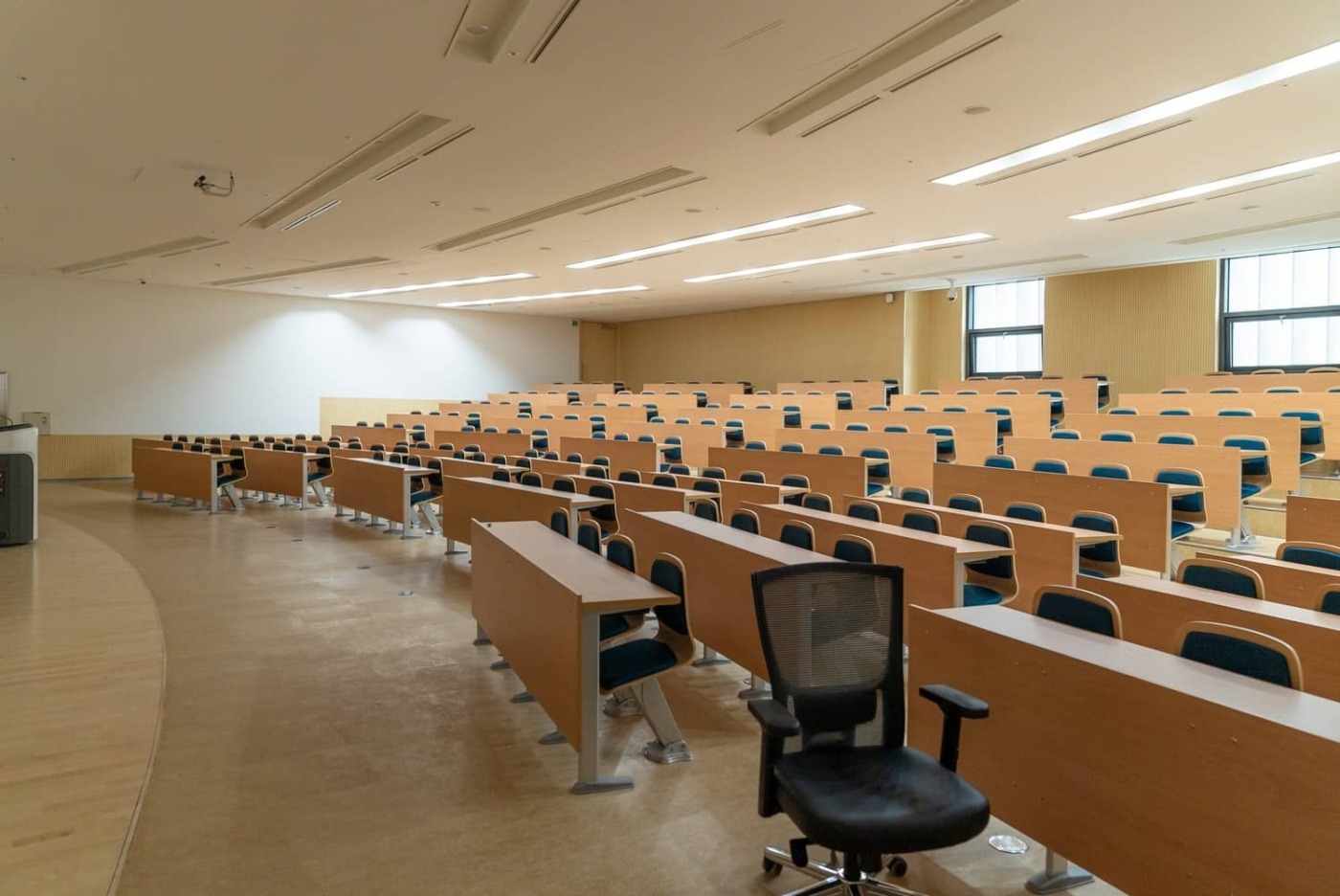Australian universities face problems as borders remain closed
A leading scholar has predicted that Australian universities will lose their lead on the pre-coronavirus market share of international student recruitment following a fall in the projected number of overseas students entering the country.
The New South Wales government has waived its plans to return 1,000 international students to Sydney every week because of the new coronavirus outbreaks.
Brendan Murphy, Australia’s Secretary of the Department of Health, has said that the country’s international borders are not likely to be fully reopened until at least 2022.
Daniel Andrews, the premier of Victoria, admitted in January that “tens of thousands of international students coming back here is going to be incredibly challenging, if not impossible, this year”.
He added that the state did not have the adequate facilities to accommodate large numbers of students in quarantine.
William Locke, director of Melbourne’s Centre for the Study of Higher Education, expects that the impact of the border restrictions would rest on Australian universities’ capability to attract overseas students to study remotely with the promise of face-to-face teaching later on in their course.
Professor Locke said: “This will be about more than just the quality of the online learning, and as much about providing connection with domestic Australian and other international students in a simulation of the on-campus experience.
“It may help that the main competitors for Australian universities, the US and the UK, are in a much worse situation with the pandemic and the political turmoil of Trump and Brexit.”
My sense is that international education in Australia is in deep, deep trouble. That means higher education is in deep trouble and scientific research is in equally deep trouble because this is heavily financed from international student fees
– Simon Marginson
Claire Field, a Sydney-based tertiary education consultant, believed that “the sad reality is that there is little community support within Australia for international students to return ahead of Australians trapped overseas because of our closed border”.
“While Australia may lose some prospective international students as a consequence of our closed international border, the impact on the sector is unknowable at this stage.
“If the roll-out of the vaccine allows for a staggered return of students to Australia over the course of 2021, then Australia is likely to continue to remain an attractive destination,” she said.
Simon Marginson, professor of higher education at the University of Oxford, stated in 2018 that Australia was set to overtake the UK as the second most popular global destination for international students in 2019. However, speaking to Times Higher Education he believed it would now be “impossible to see that position being restored”.
“If the pandemic is over by the end of 2021, international enrolments will recover significantly in 2022 in Australia but it will take five years or more for Australia to recover the 2019 enrolment, and it will take longer to recover market share… In fact, Australia may not recover market share in the longer run,” he added.
“My sense is that international education in Australia is in deep, deep trouble. That means higher education is in deep trouble and scientific research is in equally deep trouble because this is heavily financed from international student fees.”

Comments